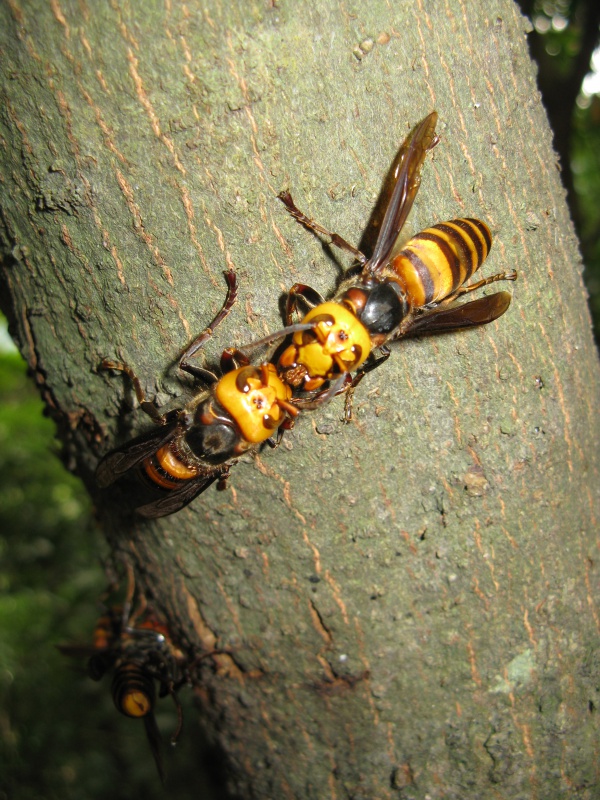Facts About Asian giant hornet
The Asian giant hornet, often referred to as the "Japanese giant hornet" is recognized as the largest hornet species in the world. Native to East Asia and parts of Southeast Asia, it has also been observed in North America. These hornets favor low mountains and forests, avoiding plains and high-altitude regions. They construct their nests by digging or occupying existing tunnels, and their diet includes large insects, tree sap, and honey from bee colonies.
Belonging to the genus Vespa, the Asian giant hornet was once classified into three subspecies until revisions in 2012 eliminated these distinctions. Comprehensive descriptions detail the hornet's appearance, behavior, and colony structure, encompassing the roles of queens, workers, drones, and their nesting practices.
Geographically, the Asian giant hornet is prevalent in various parts of Asia and has extended its reach to North America. Examining their nesting habits, colony cycles, sting potency, parasites, communication methods, and predatory behavior, the article highlights their aggressive nature, particularly towards bees and other insects. It also discusses how native honey bees employ defensive strategies against these formidable predators.
Several methods for controlling and eradicating Asian giant hornets are explored, including nest removal, bait traps, mass poisoning, trapping at hive entrances, and using protective screens. Notably, in some regions of Japan, both the larvae and adults of these hornets are considered a delicacy.
